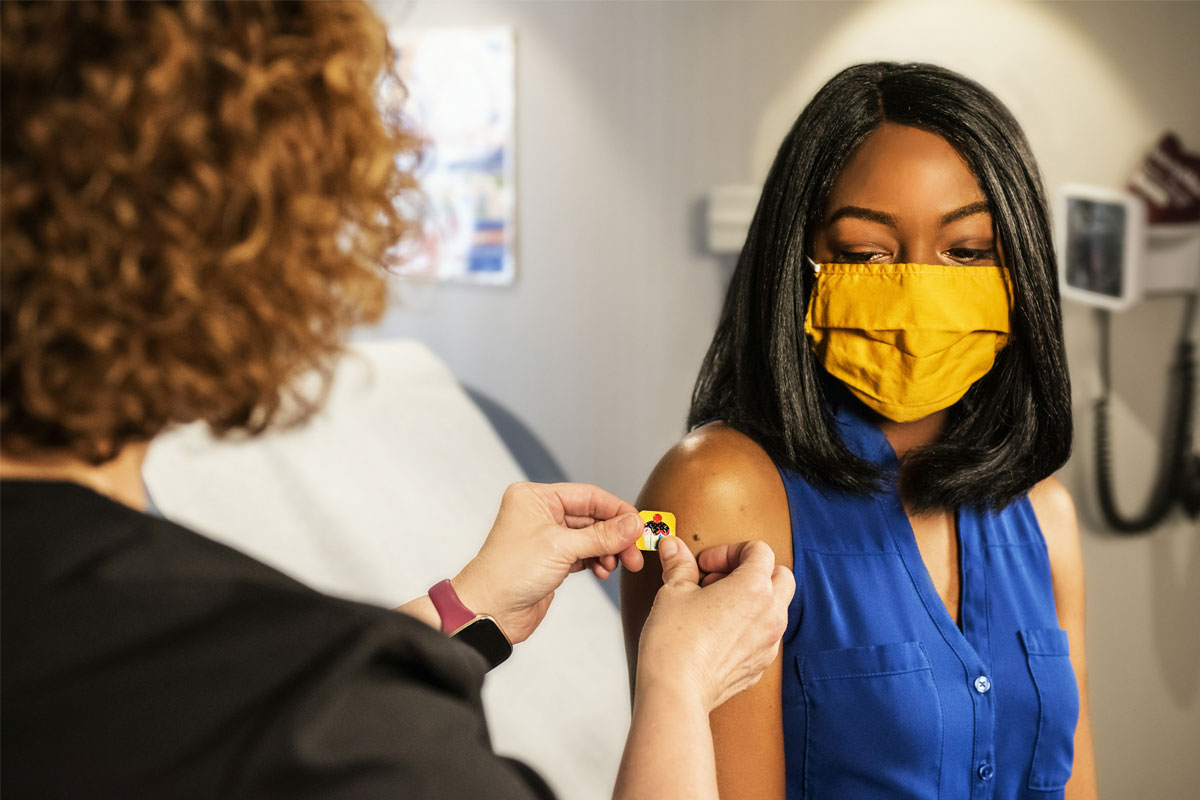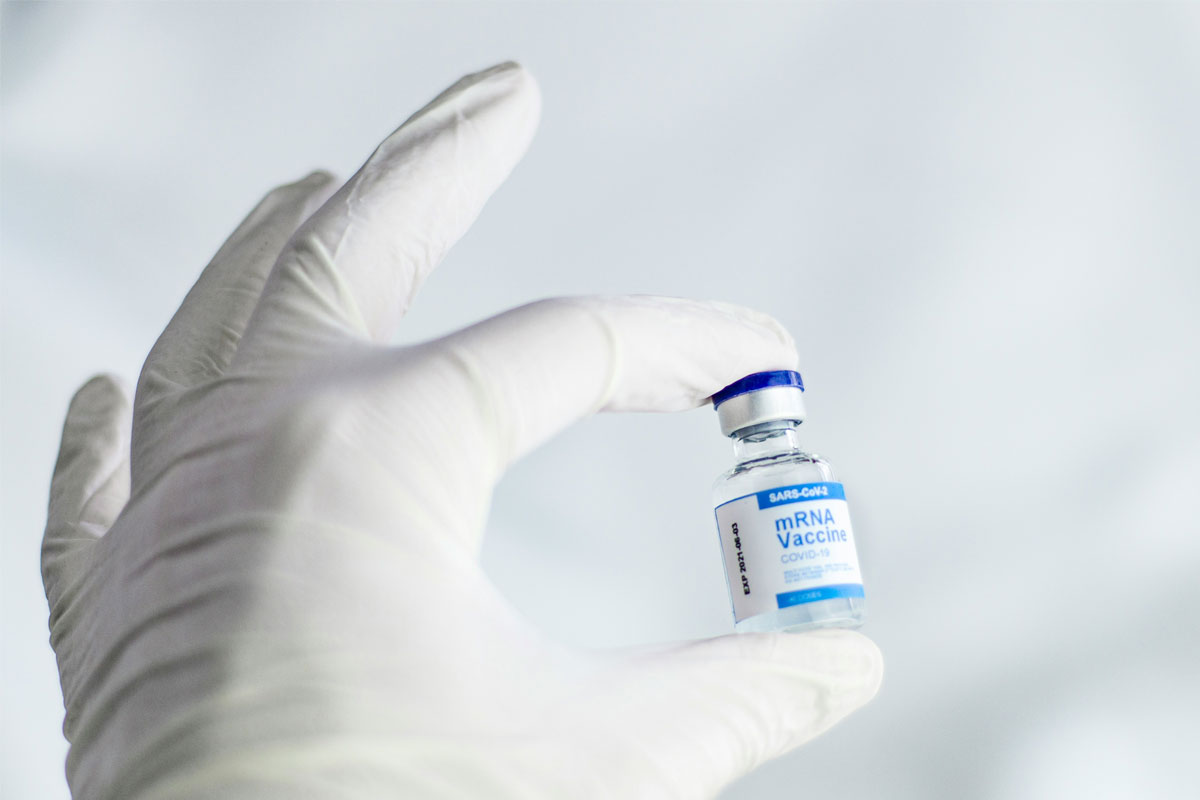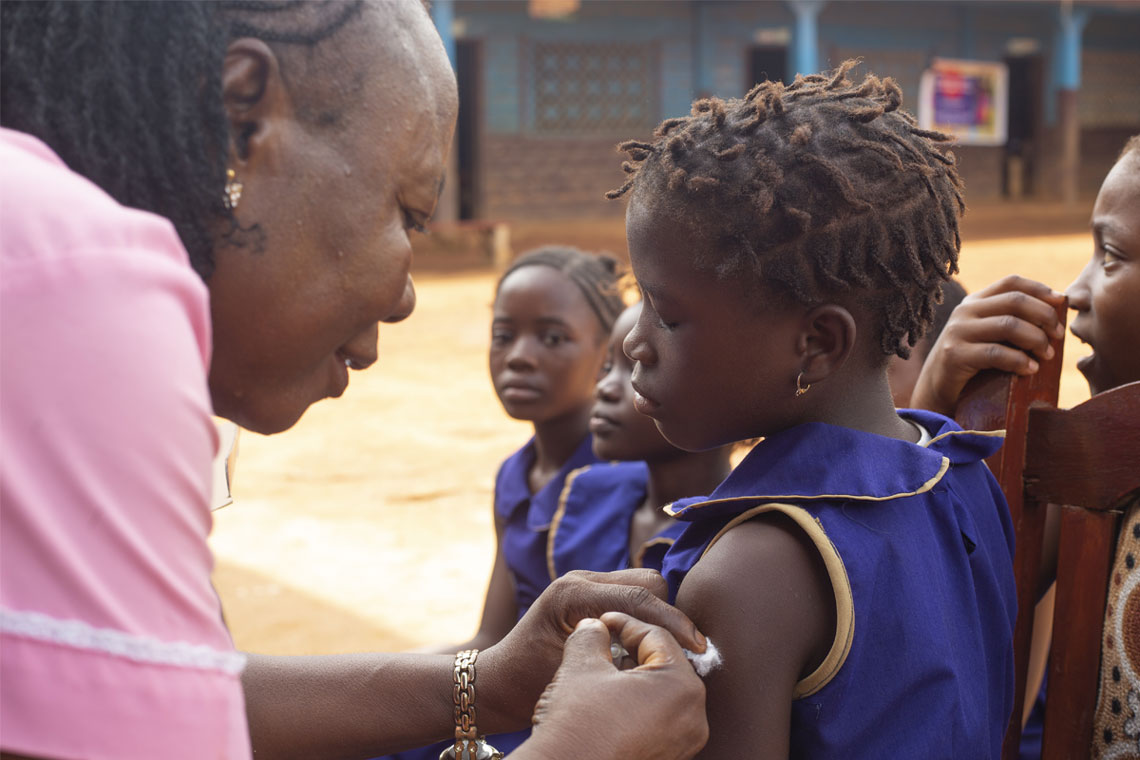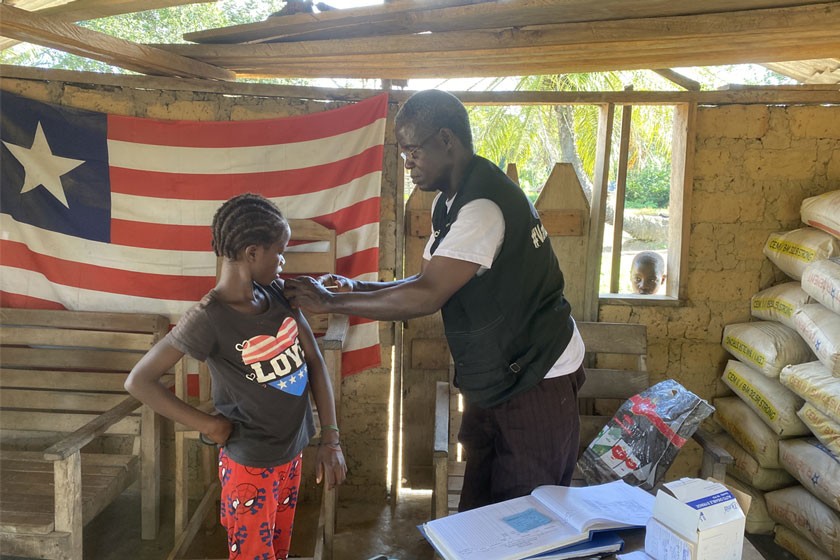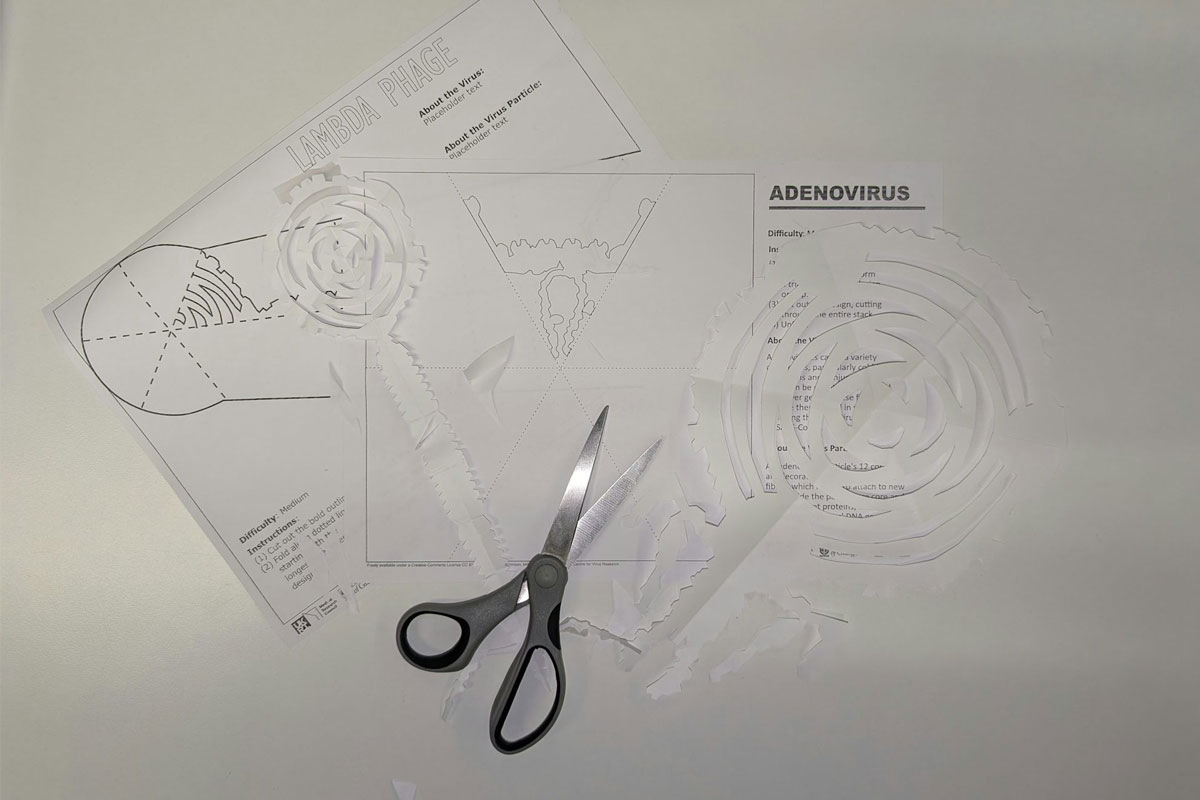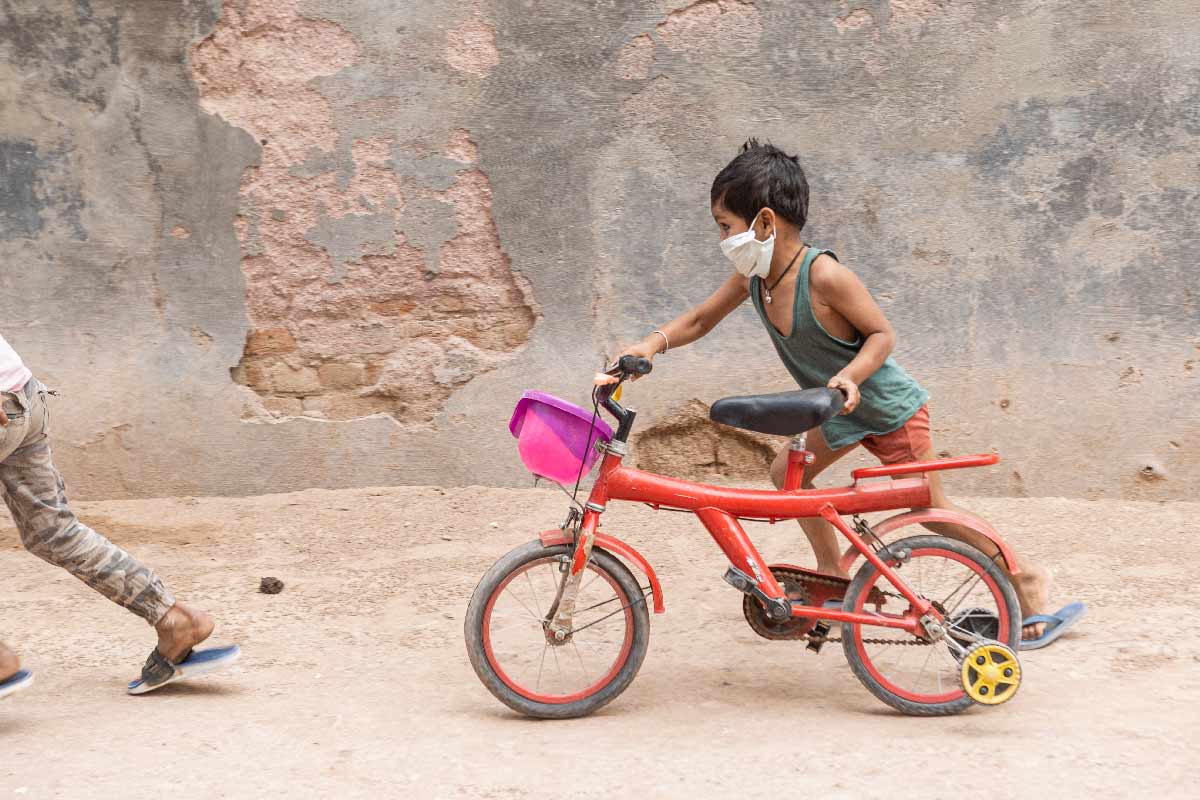Modelling rabies: how smarter supply chains could save lives
Gavi’s recent investment and real-world modelling could help to reshape how health systems protect people against rabies.
- 26 May 2025
- 5 min read
- by Linda Geddes

Every year, tens of thousands of people die from rabies – a preventable disease – because they couldn’t get the vaccine in time.
Often, the root cause is a dog bite and a health system unprepared for the unpredictable. Now researchers are using real-world data and simulations to try and map a more resilient future.
Rabies is caused by a virus that attacks the brain and is almost universally fatal once symptoms appear. However, if caught in time, the disease can be prevented through post-exposure prophylaxis (PEP), which involves wound cleaning, a course of rabies vaccine and, in some cases, injections of immunoglobulins (antibodies).
Yet in more than 150 countries – mostly in Africa and Asia – where rabies remains a public health threat, access to these vaccines is patchy at best, particularly for rural and marginalised communities. And in situations where human rabies vaccine is available privately, the cost can be catastrophic.
“Rabies vaccines are classified as ad hoc vaccines by most endemic countries, so they don’t fall within routine vaccine systems, which are very well maintained in terms of logistics, restocking and supply,” said Martha Muthina Luka, a PhD student at the University of Glasgow, UK, who is developing a framework to predict the impacts of rabies prevention strategies in East Africa.
“At least in Kenya and Tanzania, they are purchased ad hoc when they run out, and it’s usually based on previous consumption history, rather than any forecasting. Adding to the complexity, you can have these surges in demand that are driven by disease dynamics, resulting in vaccine stock-outs that can last up to a year.”
Equitable approach
In July 2024, Gavi, the Vaccine Alliance, announced funding for countries to include rabies vaccines for post-exposure prophylaxis in their routine immunisation programmes – including financial support for procuring the vaccines and associated supplies.
“The goal is to increase access to the vaccines and one way we will achieve this is by providing the vaccines for free to end users,” said Dr Simbarashe Mabaya, Senior Technical Advisor for Primary Health Care at Gavi. “We also provide funding support to countries to facilitate their scale-up of the vaccines through activities like training health workers.”
Gavi also advocates for intradermal administration of rabies vaccines – where they are injected under the first layer of skin, rather than into the muscle – a dose-sparing strategy that allows multiple patients to be vaccinated from a single vial. This could be useful during localised outbreaks, as it would enable more people to be treated from the same stock of vaccine, reducing the risk of supplies running out. It also requires fewer visits to receive the injections, lessening the burden on patients as well as health systems.
However, this method isn’t without its challenges. Opened vials can’t be kept overnight, meaning that in clinics with few bite patients, precious doses may be discarded at the end of the day.
Also, even though Gavi’s investment aims to improve access to rabies vaccines, the disease doesn’t follow a predictable path: outbreaks can flare suddenly and viciously, with demand for post-exposure prophylaxis following suit. Ensuring that supply chains are robust enough to cope with such surges is essential.
Rabies modelling
To better understand how to get rabies vaccines to where they’re needed, when they’re needed, Luka and colleagues turned to real-world data from bite victims in Kenya and Tanzania, creating simulations to show how various supply strategies might play out in different scenarios – and modelling which were most effective at keeping post-exposure vaccines on the shelves.
The research, published in Vaccine, found that the number of people seeking treatment fluctuated dramatically from month to month, with the most extreme fluctuations in areas that typically see fewer cases. “One key observation is that a clinic can see a surge of up to ten times what it sees on average,” Luka said.
The researchers also examined how resilient vaccine supply chains were to stock-outs, depending on whether intramuscular or intradermal vaccination was used. They found that intradermal vaccination offered a significant advantage, cutting vial use by more than 55% and lowering the risk of stockouts.
The benefits varied depending on patient volume: dose savings were greatest in clinics that saw the highest number of patients, but even in lower volume settings, intradermal vaccination helped to cushion against unexpected spikes in demand.
“Whatever the setting, intradermal vaccination uses less vaccines and is more resilient to stock-outs,” said Prof Katie Hampson at the University of Glasgow, who supervised the research.
Based on Luka’s simulations, the researchers have also suggested some guidelines for when and how clinics should restock rabies vaccine, according to how many patients they see.
“The algorithm works for the quarterly schedule that Tanzania uses and would apply equally well to other countries that do quarterly restocking of routine vaccines, including many Gavi-eligible countries. But countries may have other schedules, such as monthly restocking, for which the algorithm would need tweaking,” said Hampson. “With knowledge of commonly used schedules, the approach could easily be used to come up with scenario-specific guidance.”
Have you read?
Comprehensive control strategies
While ensuring access to post-exposure prophylaxis is vital, it is still only part of the solution.
“There is also a need to scale up other rabies control interventions – especially mass dog vaccination, which is one of the main strategies for sustainable rabies control,” said Mabaya.
Improving surveillance and data collection could also help, alongside education: helping people understand how to avoid dog bites, and what to do if they are bitten, could save countless lives.
